An Inside Look At The First FRP Cantilever Sidewalk
Sacramento, California’s Tower Bridge, constructed in 1935, received the first FRP cantilever sidewalk in 2007. But the structure is also known for another distinction. Architect Alfred Eichler conceived the bridge’s unique structure and tasked engineers to design it. His concept explored clever ways to hide unappealing functional components.
For example, decorative solid metal panels were crafted to hide the bracing on the tower posts. The panels enclose counterweights and counter chains. X-bracing
marks tower faces, cleverly crafted so that visitors see only flat surfaces and not the flanges and bracing webs hidden behind them. The arched design of the trusses is
also considered unique. A few other cosmetic touches include original, ornate riveted lighting and steel caps on the tops of the tower to hide the sheaves. Its’ classification as a strong example of Streamline Moderne influence - a form of Art Deco – earned it a spot on the National Register of Historic Places in 1980.
In 2006, the Sacramento City Council recognized Tower Bridge as the primary pedestrian/bikeway connection across the Sacramento River for both Sacramento and West Sacramento. Funds were authorized to widen Tower Bridge’s sidewalk from 3 feet to 10 feet. Center span weight limits prohibited the use of concrete for the new
sidewalks. FRP composites was identified as a light weight alternative. The cantilever sidewalk is a 21st century, corrosion resistant addition to the Art Deco bridge. It also offers a long life cycle solution that helps preserve the historic beauty of the vertical lift bridge.
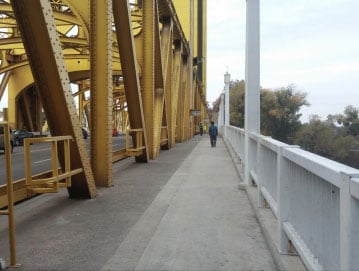
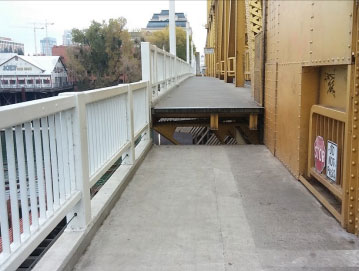
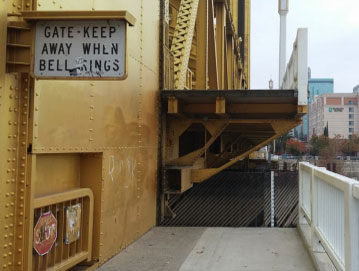
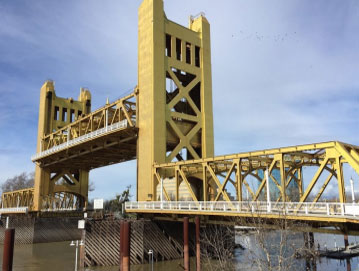
City Completes Wilson-Burt Bridge Project— Cantilever FRP Sidewalk Open
The rehabilitation of the Wilson-Burt Bridge in Niagara, New York, was completed in December 2015. Freshly coated steel beams support the new FRP sidewalk. W8 beams were added to the existing beams to extend the sidewalk width for shared use by bicycles and pedestrians. The FiberSPAN deck panels are connected to beams using bolted clips. The railing system is bolted to attachments embedded in the FRP decking. Deck weight is 7.9 psf.
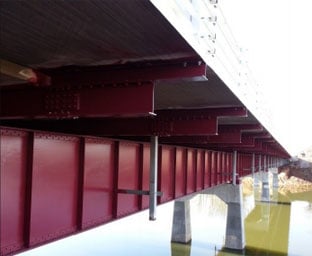
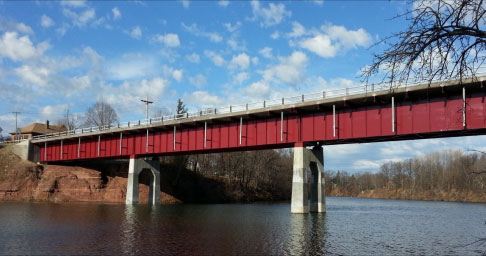
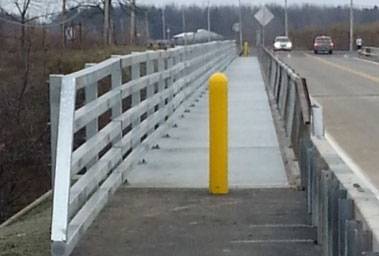
FiberSPAN panels weigh between 4 and 10 psf for an 80 percent weight savings when compared to concrete decking. Sidewalk components are prefabricated with features such as non-slip wear surface, cross-slope, rail attachments, curbs and drainage scuppers to reduce installation costs and speed construction.
For more information: http://www.compositeadvantage.com/products/cantilevered-sidewalks

